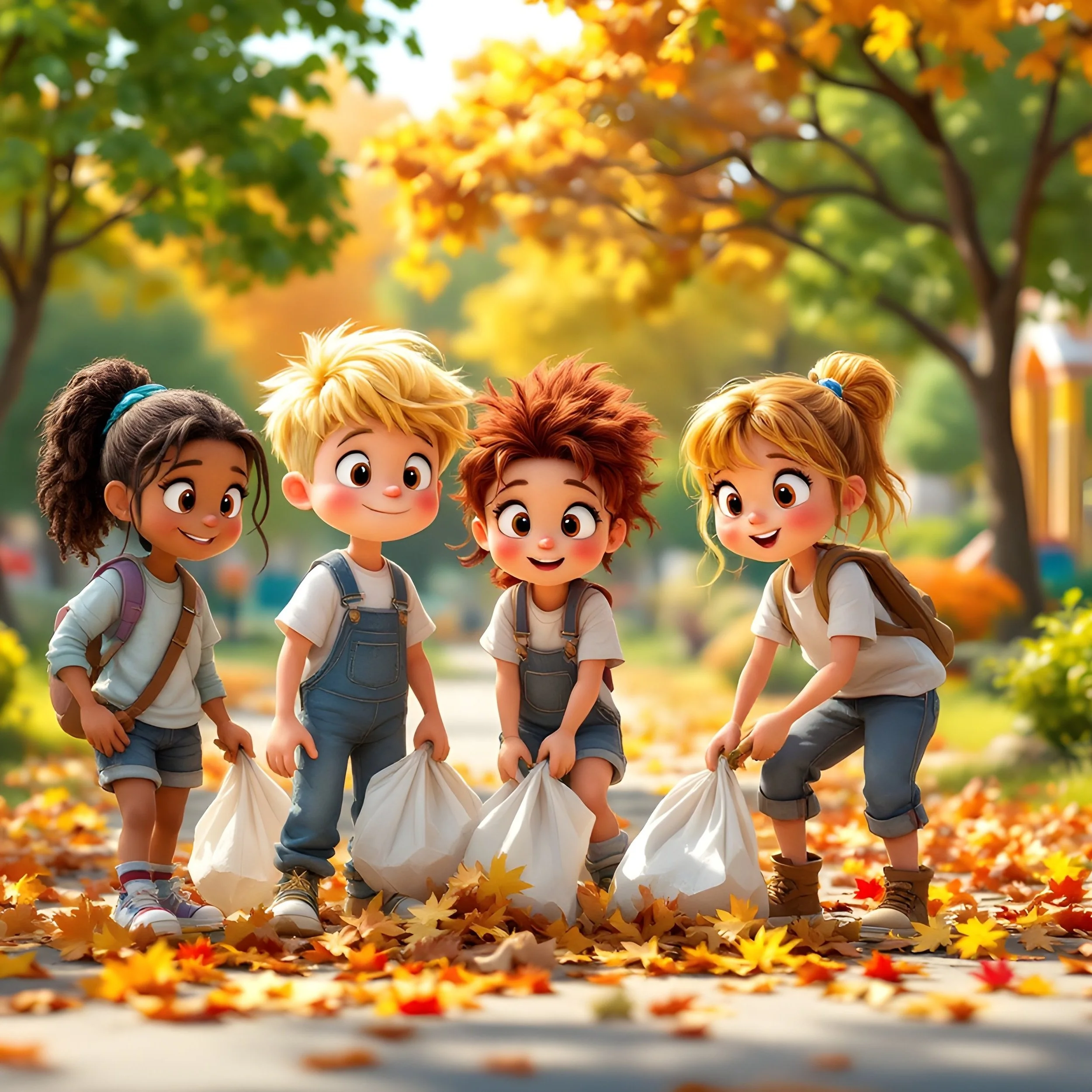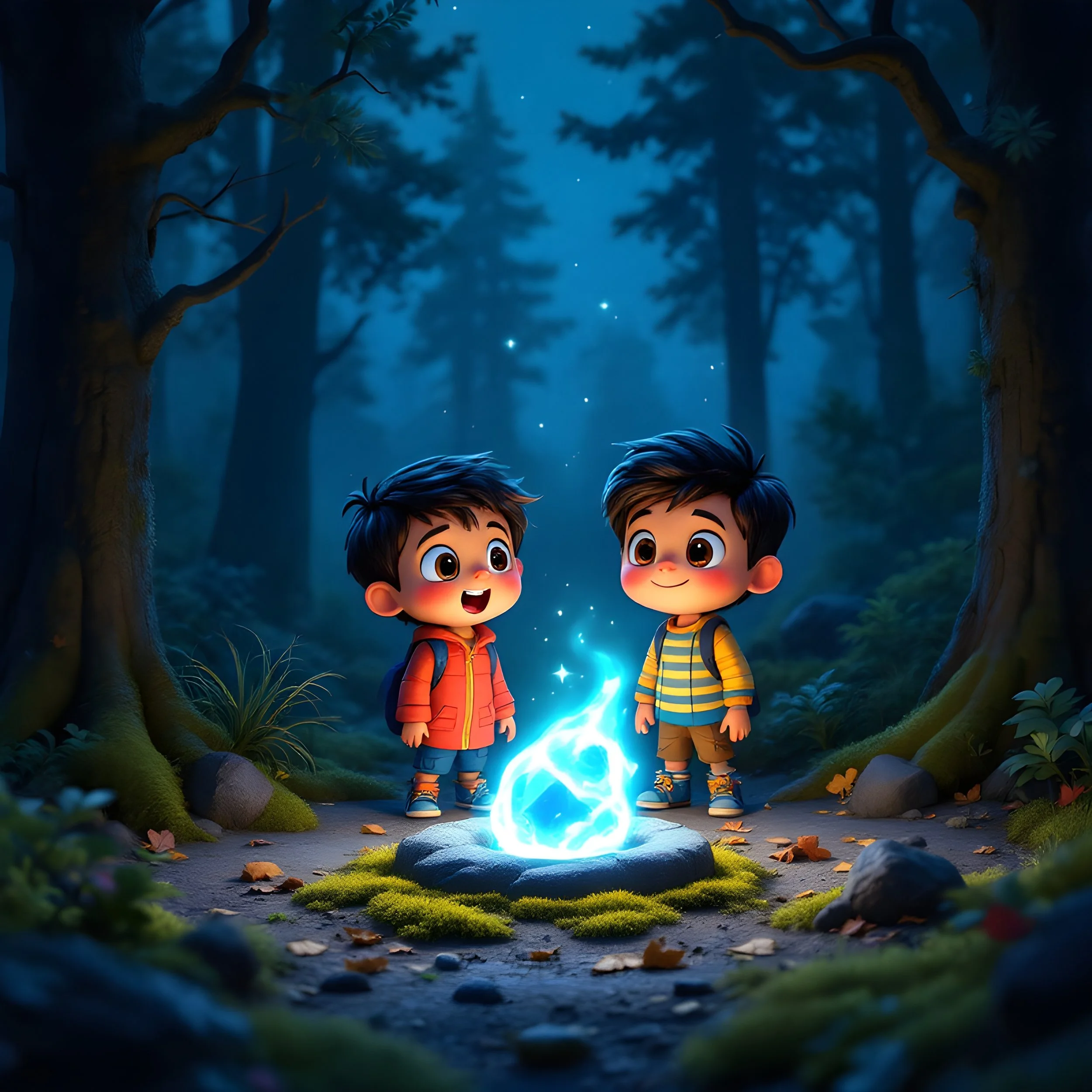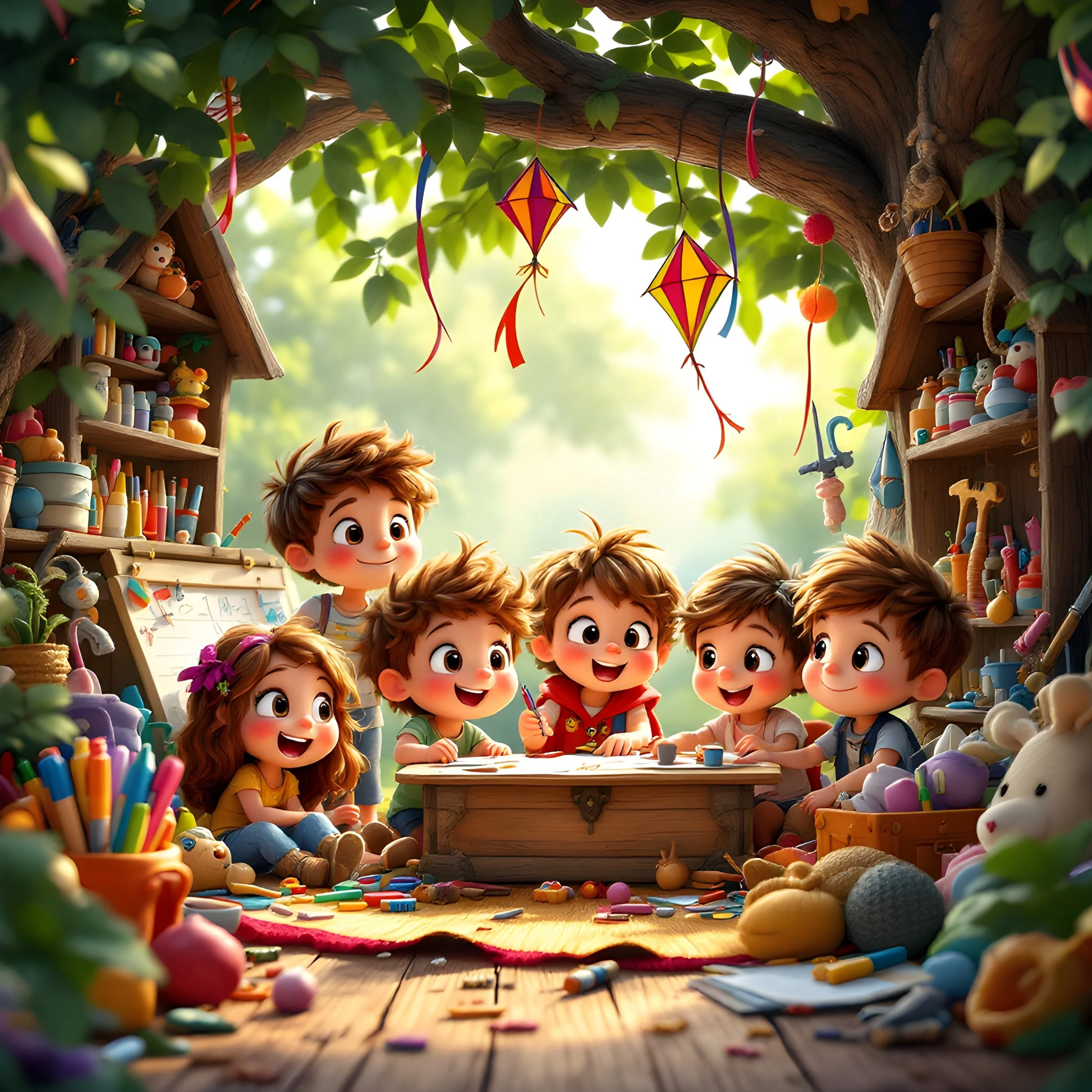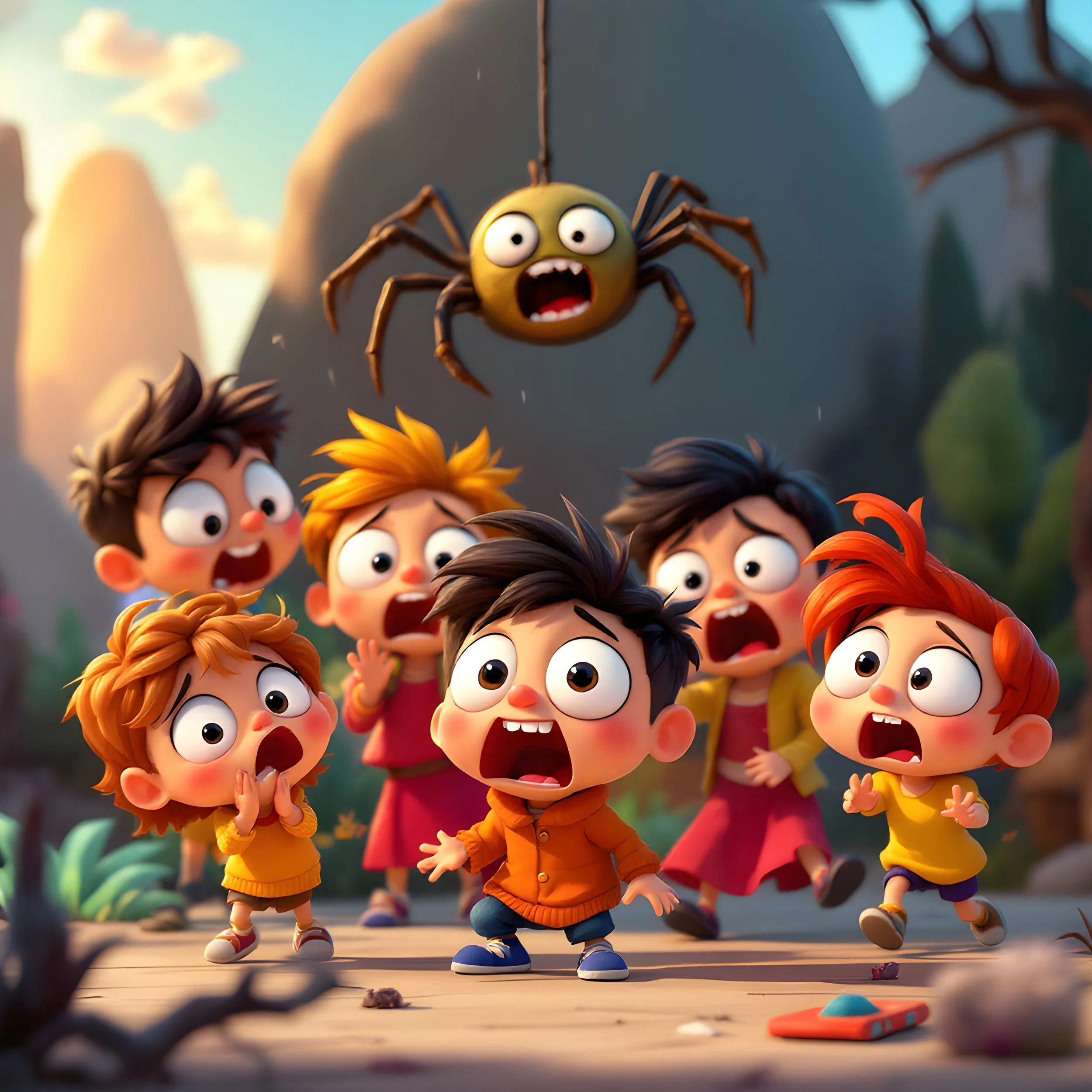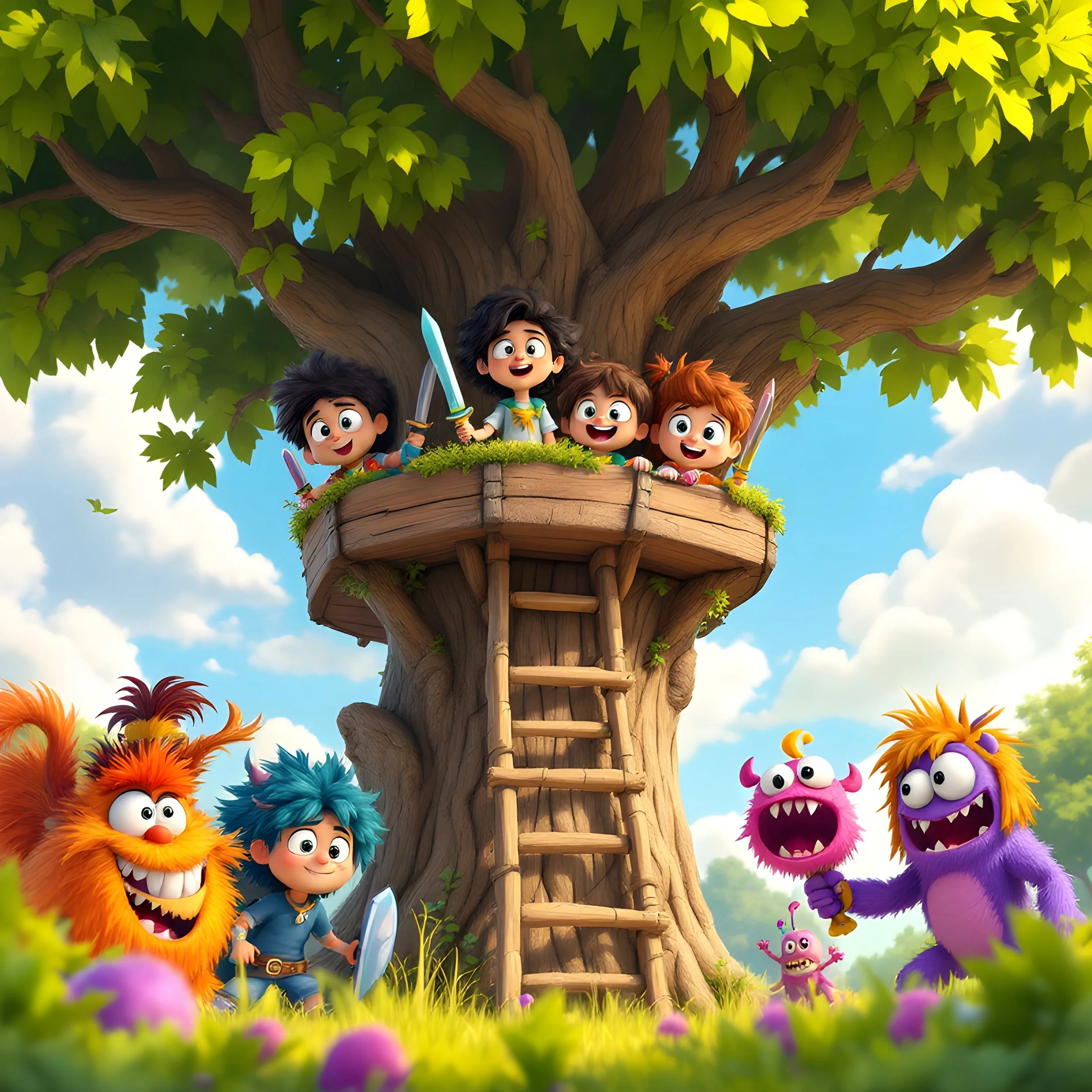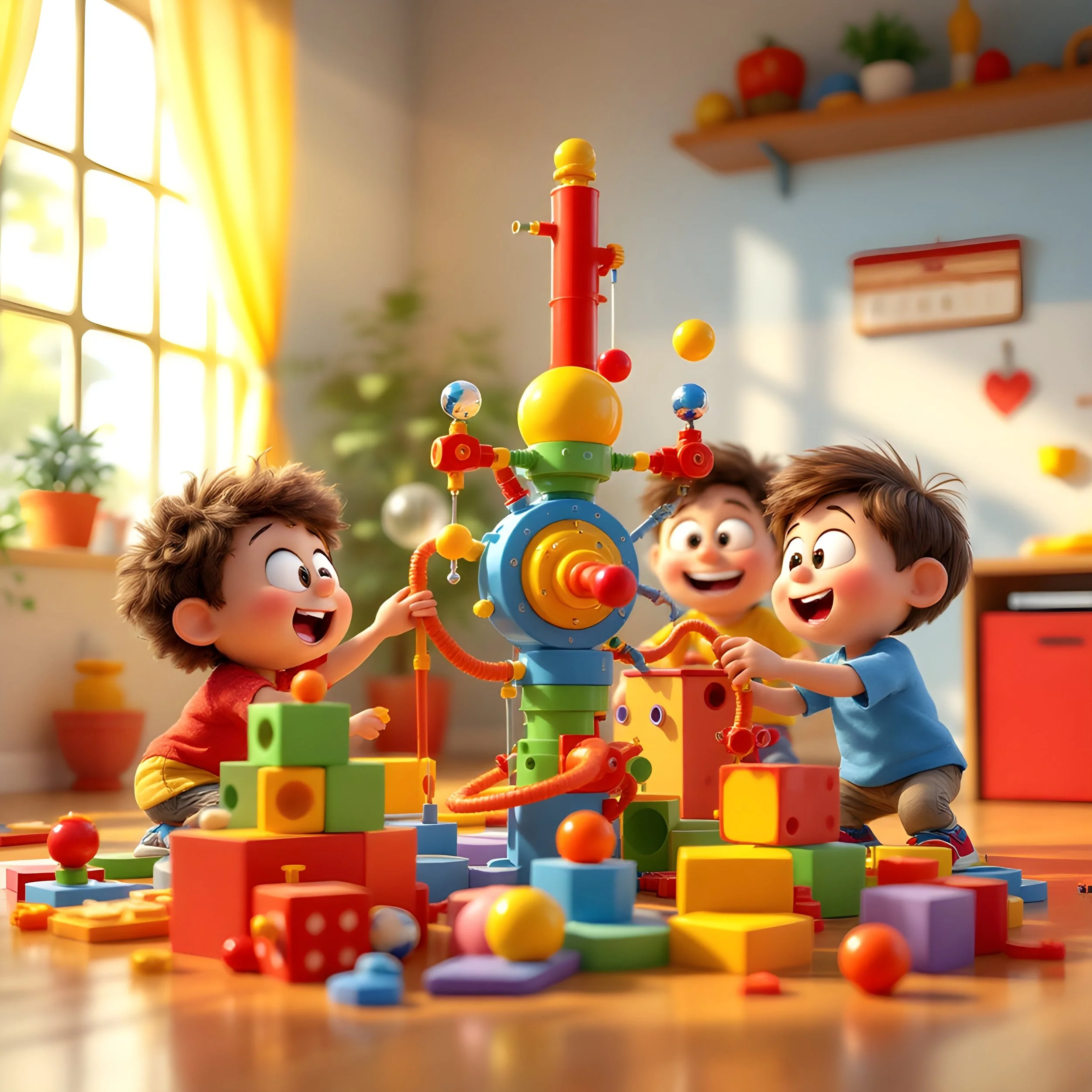Kidlings Core Rule Book
Aptitudes and Traits
Aptitudes and Traits form the dual-core of every Kidling’s capabilities. Aptitudes—such as Muscles, Smarts, and Mischief—represent broad, innate areas of strength that every child possesses to some degree, while Traits—like Karate, Curious, or Cry Baby—reflect more specific skills, quirks, or vulnerabilities acquired through experience or personality. When making an action roll, players combine one Aptitude with one Trait, roll that many d10s, and count successes against a difficulty target.
This separation encourages clear, rapid character definition without overwhelming complexity. By distinguishing “what you’re naturally good at” (Aptitudes) from “how you apply it” (Traits), the system lets players lean into archetypes or unexpected combinations (e.g. a Smarts + Bully B Trait roll). It also streamlines advancement: Aptitude increases cost more XP than Traits, guiding players to deepen specialties gradually while still tinkering with new quirks.
Trouble
Trouble replaces traditional hit points with a narrative meter of consequences—scolding, extra chores, or time‑outs—whenever Kidlings get caught or misbehave. Each infraction carries a Base Trouble value; players mitigate it by rolling Aptitude + Trait and subtracting successes from the trouble total. Unresolved Trouble can lead to punishments that themselves reduce the meter, reinforcing the idea that every mistake has a lesson.
By framing “damage” as social or emotional consequence rather than bodily harm, Trouble keeps the tone light and age‑appropriate, emphasizing creativity and diplomacy over violence. It also turns setbacks into story moments: a failed mitigation roll doesn’t knock you unconscious, it gives the GM tools to drive character growth. And because players can choose between accepting Trouble or spending resources to avoid it, they constantly weigh risk versus reward in a meaningful, kid‑focused way.
Brownie Points
Brownie Points function as a flexible currency of goodwill and daring. Spending a point adds an extra die to a roll and makes one success count double, or can be used preemptively to “buy” permission for risky actions. Brownie Points also power special Hero Type abilities, letting characters pull off thematic stunts—like calming a wild animal or hacking a gadget—at the cost of a few points.
This mechanic reinforces player agency and heroic flair. Rather than being punished for every mishap, Kidlings earn Brownie Points by taking calculated risks (e.g. using a bad Trait) and then redeem them to shape the story proactively. It keeps tension high—players are torn between hoarding points for big moments or spending them early to avoid minor trouble—while ensuring everyone gets moments of cinematic success.
Hero Types
Hero Types are thematic templates—like Musical Prodigy, Science Whiz, or Rebel Leader—that bundle a narrative description with three distinct abilities. These abilities, fueled by Brownie Points, give players clear, character‑flavored options in and out of combat: singing to distract foes, rigging a makeshift gadget, or rallying allies with a defiant shout.
By offering ready‑made archetypes, Hero Types help players jump into roleplay with a strong sense of identity and purpose. They also foster party diversity—each Kidling brings unique tools to the table—while keeping mechanics light. The tiered nature of minor/moderate/major abilities ensures that every Hero Type scales meaningfully, rewarding investment in both character concept and resource management.
Meanies and Monsters
Meanies and Monsters—detailed in the Foe Folio—range from territorial Barktooth Squirrels to playground bullies like Brett. Each entry includes a quirky description, a Guts (Owies) rating, and simple Attack/Defense traits, allowing GMs to match threats to player levels and narrative tone, from spooky Buzzwraiths to mischievous Echo Elves.
This curated bestiary ensures that antagonists feel alive and varied without extra prep: GMs can flip to the page for a creature or foe whose motivations tie into the kids’ world. The blend of benign pranksters, dangerous wildlife, and human “meanies” keeps encounters fresh, fosters roleplay (e.g. negotiating with a sorry bully), and reinforces the lighthearted, kid‑centric ethos of Kidlings.
Adventure Hooks
Adventure Hooks (often formatted as Hook / Line / Sinker) provide bite‑sized scenario seeds that GMs can drop into any session: from sneaking into a cookie jar at midnight to rescuing a trapped pet. Each hook sets the tone, outlines the core challenge, and suggests stakes (and potential Trouble), making it easy to spin a five‑minute premise into a full‑blown quest.
This design choice drastically lowers the barrier for improvisation and one‑shots. GMs don’t need to spend hours plotting: they pick a hook that matches their group’s mood, tweak a few details, and off they go. The consistent Hook/Line/Sinker format also helps players understand what’s at stake—and how to earn or lose Brownie Points—right away, keeping the game flowing smoothly.
Kid Treasures
Kid Treasures are whimsical gear and tools—like a Swiss‑Army Crayon Multitool or Rollerblades of Zoom—that Kidlings can discover, buy, or invent. Each item grants a simple mechanical bonus (e.g. +1 to Cleverness tasks) and invites imaginative use, whether building a birdhouse carrier or mounting a daring escape on a backyard raft.
By focusing on everyday objects with a twist, Kid Treasures spark player creativity and reinforce the “kids solving big problems with small bits.” They also serve as a lightweight loot system: finding a new gadget feels exciting without unbalancing the game. Because each treasure has a clear, narrow bonus, it never overshadows core Aptitudes and Traits but adds flavor and fun to every session.


